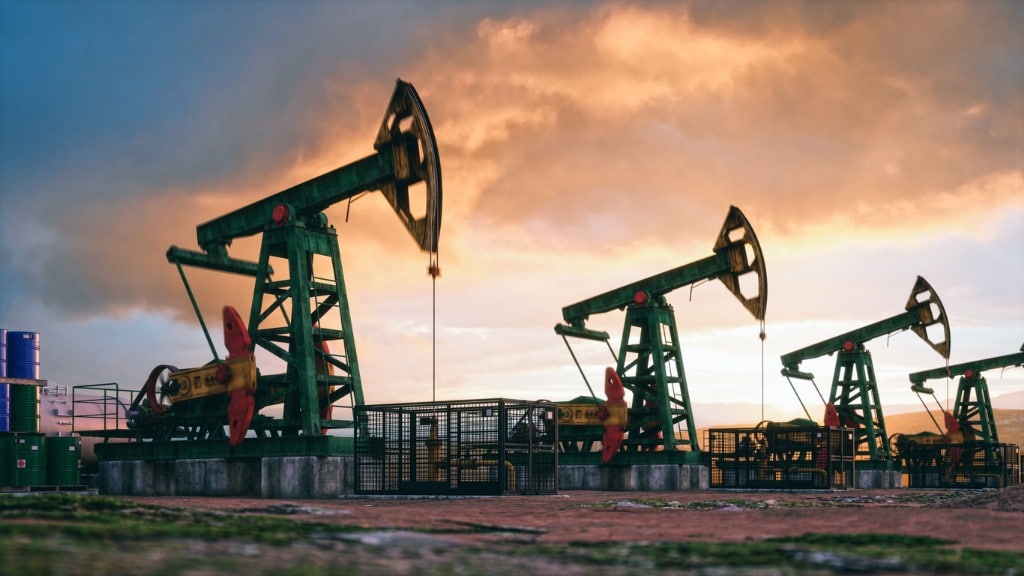Prior to guidance being issued in 2001, most oil and gas operators assumed that asset salvage value would equate to the cost of dismantlement and reclamation. Net dismantlement costs were largely ignored.

As the industry expanded on the global front, and into remote and environmentally sensitive areas, the increasingly significant abandonment and remediation costs became more widely recognized.
Asset retirement obligation (ARO) is the unavoidable cost of retiring a long-lived asset. The obligation arises through asset acquisition or through normal operations of the asset. Asset retirement occurs at the end of the economic, or useful, life (permanent removal of the asset from service). This includes sale, abandonment, recycling, or some other manner of disposal.
From an oil and gas perspective, the legal obligations include future dismantlement and removal of production equipment and facilities, as well as the restoration and reclamation of the surface (and subsurface in some cases) to the same or similar condition to before the production (extraction) occurred.
The fair value of the ARO liability should be recognized in the period when the entity has an existing obligation associated with the retirement of a tangible long-lived asset or the amount of the liability can be reasonably estimated.
The present value of the estimated future cash flows is the most prevalent method for estimating ARO fair value.
Recommended Read Current Economic Impact on Oil and Gas Industry Accounting and Financial Reporting
Calculating Expected Present Value of an ARO
The following are methods of calculating the expected present value (PV) of an ARO.
- Estimate the timing and amount of the cash flows associated with the retirement activities
- Determine the credit-adjusted risk-free rate.
- Recognize any period-to-period increase in the carrying amount of the ARO liability as accretion expense. To do so, multiply the beginning liability by the credit-adjusted risk-free rate derived when the liability was first measured.
- Recognize upward liability revisions as a new liability layer and discount them at the current credit-adjusted risk-free rate.
- Recognize downward liability revisions by reducing the appropriate liability layer, and discount the reduction at the rate used for the initial recognition of the related liability layer.
- On initial ARO liability recognition, also capitalize the related asset retirement cost by adding it to the carrying amount of the related fixed asset.
ARO Amortization in Successful Efforts and Full Cost Companies
Companies adopting the successful efforts accounting method include retirement cost as part of the cost of the asset (ie. wells, equipment, and facilities) and amortize it over the life of the proved developed reserves.
Undeveloped reserves require additional expenditures to be reclassified as proved developed reserves. The cost of completing these new wells, and the construction of facilities and equipment, result in additional, future retirement obligations.
Companies should evaluate whether to amortize ARO costs over proved developed reserves or on total proved reserves. This is based on whether the ARO relates to the overall asset or a component of the overall asset (such as an individual well).
For companies adopting the full cost accounting method for asset retirement obligation, retirement cost is included in the countrywide cost center and amortized over total proved reserves.
Accretion
It is possible that the ARO liability will increase with the passage of time. If the liability increases, consider the incremental increase in each period as an additional layer of the liability. This is done by applying an interest method of allocation to the beginning carrying amount by the discount rate used to initially measure the liability.
View a practice problem to further your understanding of ARO accounting.
Further Your Knowledge of Oil and Gas Accounting by Joining COPAS
COPAS stands for the Council of Petroleum Accountants Societies. Members of COPAS are at the forefront of driving change in the oil and gas industry. Composed of 26 societies spread across the United States and Canada, by joining COPAS, you will receive the opportunity to form fruitful relationships with like-minded individuals and enhance your career.
Become a member of COPAS today!
COPAS POLICIES: Complaints | Cancellation & Refund Policy

